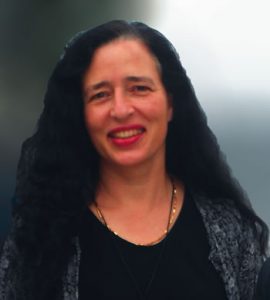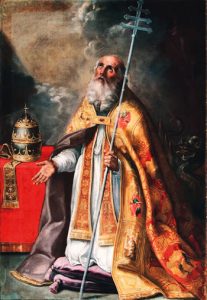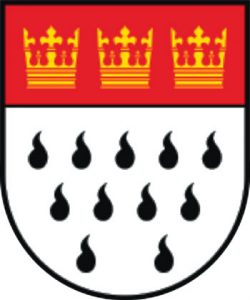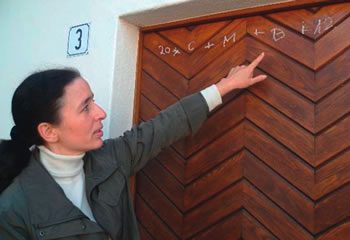The Magi — The Three Wise Kings

By Beate Matthies
Die Drei Koenige
When I came to New Zealand and started to go to church here, I felt immediately at home. There are differences in some details, but, all in all, the Mass is the same. It was not until Christmas and New Year that I realised how different Catholicism was in New Zealand compared to Germany. In Germany, we receive our presents on Christmas Eve after Mass and we call December 25 ‘First Christmas Day.’ December 26 is the ‘Second Christmas Day,’ or, among Catholics, also ‘St Stephen’s Day.’ On both Christmas Days, all shops are closed and they are national holidays.
Then, on December 31, we celebrate the feast of St Sylvester. Everybody calls New Year’s Eve ‘Silvester,’ but only a few people know that it derives from Pope St Sylvester. The Christmas period in Germany officially ends on January 6. Catholics, who would have put up a little Nativity scene under their Christmas tree, would then add the figurines of the Three Wise Kings. These figurines stay there for only one day, because usually all Christmas decorations and the Nativity scene are stored away on January 7.
In the federal State of Bavaria, where I grew up, January 6 is a legal holiday. Whereas the two Christmas Days are legal holidays for the whole country, January 6 is a legal holiday only in three federal States in which the Catholics form the majority.

Pope St Sylvester, 280 -- 335
One of the reasons why the Three Wise Kings are so famous in Germany is certainly the stories about the relics of these three saints, which were brought to Cologne in the 12th century as a gift to the Emperor Frederick Barbarossa.
The Three Wise Kings were not only Magi, but they were considered as the first Christian Kings. The Town Crest of Cologne has three golden crowns on the top, a symbol of the Three Wise Kings.
Since 1959, the children are sent out on behalf of the Mission organisation Kindermissionswerk, which is an aid organisation supporting disadvantaged children in developing countries. Each year a different country is the focus, e.g. PNG, Bolivia, Nigeria, Ecuador, Eritrea, Bangladesh etc. In 2017 it was Kenya, and the motto was, Segen bringen – Segen sein. Gemeinsam für Gottes Schöpfung – in Kenia und weltweit! -- "Bringing a blessing – being a blessing. Together for God’s Creation – in Kenya and worldwide!"
Traditionally, at least in my parish when I grew up, only the altar boys were meant to go from door to door and bring blessing to the houses. However, when I was about 12 or 13 years old, we girls were asked if we wanted to join the Sternsinger.
To prepare, first we learned more about the Three Wise Kings, the fact that they were travelling long distances and following a star, which showed them where Jesus was born.
Then, we learned about the project that we were supporting with the donations we would receive. We had to be able to tell the people about the specific project and where the country was in which it would be carried out. This was the theoretical part of our preparation.
We now had to be assigned to a certain group and to a certain role, and each group would walk a different route and visit different houses. Also, each group would need three ‘Kings,’ one ‘star carrier,’ and a few other helpers. All of us had to practice a song about the meaning of the star and the birth of Jesus.
The tallest in each group would carry the blessed chalk. It had to be the tallest, as she or he would write the blessing on the top of the door frame, or the top of the door of the houses that were visited. One of the group members would carry a donation tin or box in which donations for the children’s project were collected. We were not allowed to take money for ourselves, but we were allowed to accept sweets or food.
Once all groups were ready and the song was well practiced, we would be assigned to a certain area of our town.
All of us went to Mass in the morning and the priest announced the ‘Star Singers,’ the project they were supporting, and asked for generous donations. After Mass, we went home for lunch and at about 1.30pm we had to be back at church for the sending out. On this occasion, the pieces of chalk were blessed.
Each group went from house to house, sang their song and asked for a donation for the specific project. Once the song was sung and the donation received, the person with the chalk would write the blessing on the upper door post. This blessing, contained the numbers of the year and the abbreviation CMB for the names of the Wise Kings. Nobody would touch the blessing during the year.
Therefore, this picture, taken at the beginning of October 2012, still shows the writing about 10 months after Epiphany.
The first and the last number together make up the year, in this case 2012. The star after the first two digits refers to the star of Bethlehem. The three + represent the Trinity, and the three letters CMB stand either for Caspar Melchior Balthasar, or Christus Mansionem Benedicat -- 'May Christ bless this house.'
 Entries(RSS)
Entries(RSS)